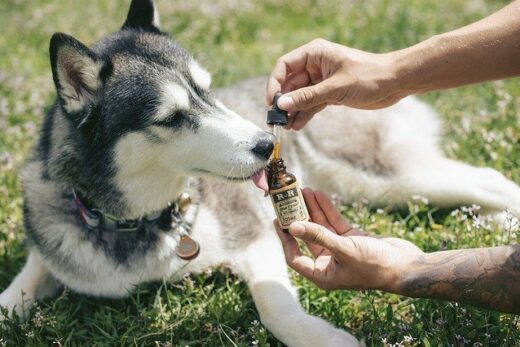
Have you ever noticed that many dog food companies claim their products keep your dog’s coat shiny? If so, you may have wondered, why the sheen of your dog’s fur matters. Very few of our canine companions are show dogs, after all, and isn’t it what’s on the inside that counts? Well, your dog’s coat reflects their internal health and acts as armour against a wide array of external hazards.
This is to say that your dog’s coat condition is important. This is why vets use a pet’s coat as one of the first indications of a pet’s health. What else do you need to know about your dog’s coat? This article will help you better understand:
-
-
- How to assess if your dog’s coat is healthy
- What signs may indicate a change in your dog’ health
- How to keep your dog’s skin and coat in top-notch shape
- Methods to alleviate common coat and skin issues
-
The Importance of Your Dog’s Coat
Your dog’s coat is one of the most prominent physical features they have. It may have even been the first thing you noticed about your beloved best friend. Like humans, the epidermis is a dog’s largest organ. However, your dog’s coat is more than just a fashion statement.
A dog’s skin and coat make up 10% to 15% of their overall body weight. Like other organs, the epidermis functions to protect your pup and aid in their overall health. The process that goes into how the coat and skin work in harmony with your dog’s body is multi-layered (just like the epidermis).
Temperature Regulation
A healthy coat keeps your dog cool in the summer, warm in the winter, and everything in between. The epidermis can move the hair follicles closer or further apart to create more insulation or more aeration, depending on how hot or cold the environment is.
Protection from the Elements & More
Your dog’s coat defends against dirt, moisture, and parasites. A dog’s coat also works as a natural sunblock, preventing sunburn and reducing the risk of skin cancer [1].
Fur also works as safety gear against accidental exposure to chemicals, high temperatures, and poisons (like poison ivy). It can even soften blows by reducing the force of impact should an object come in contact with your dog.
Sensory Input
Beneath your dog’s fur is a complex yet sensitive system of nerves that run along and throughout the outer layer of skin. These nerves detect:
-
-
- Changes in pressure, warning your pet of an impending storm
- Heat and cold
- Pain
- General sensation, including feeling their owner’s touch and the wind
-
These sensory inputs allow your dog to respond appropriately to keep them safe.
An Immunity Barrier
The skin is one of the most important and most overlooked parts of the immune system. A healthy coat and healthy skin protect your pup against infections, disease, bacteria, and viruses.





